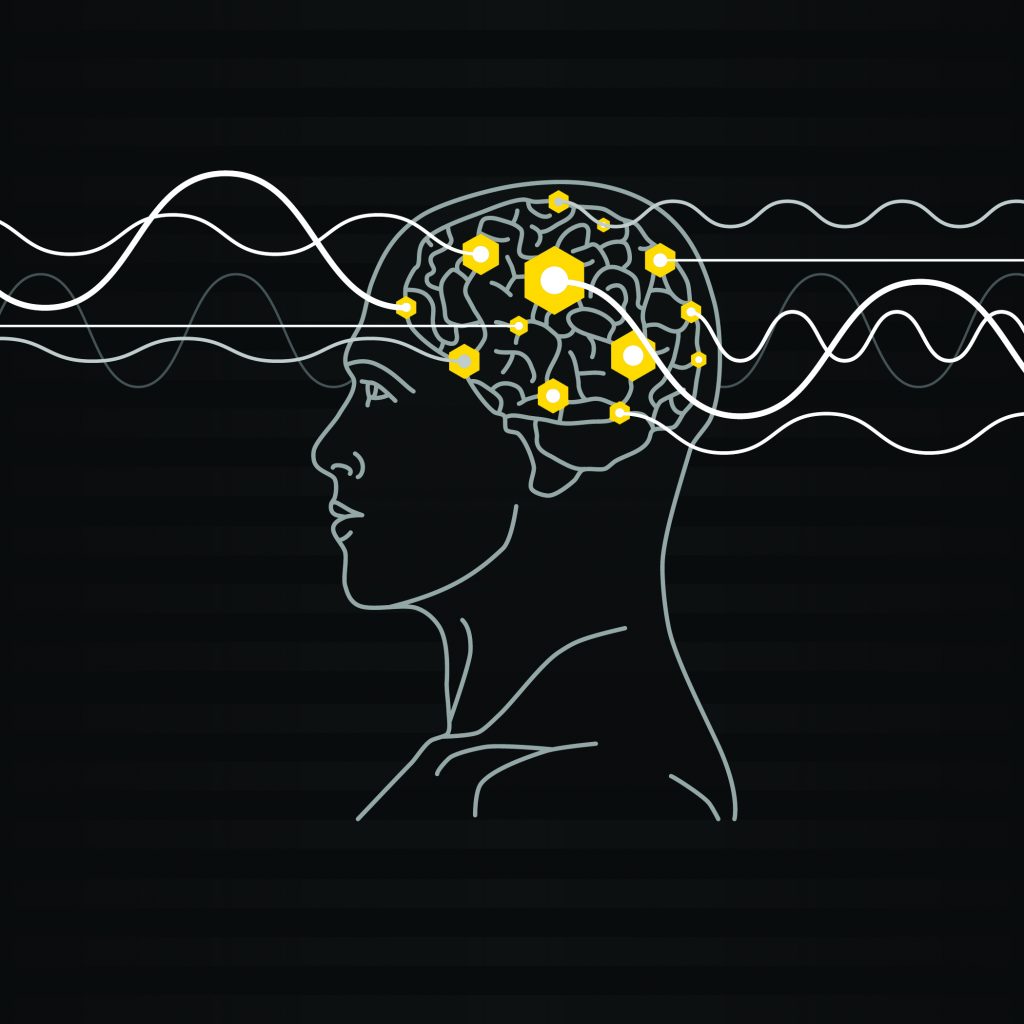
Imagine tapping into big data—with your brain.
This is a novel idea that Tamás Budavári, an assistant professor of applied mathematics and statistics at the Whiting School, is investigating as a way to radically speed up how researchers make sense of extremely large and complex data sets—say, all the data associated with the structure of the universe.
With support from the Cohen Translational Fund, Budavári and PhD candidate Nicholas Carey are developing a suite of software tools that enables them to tap into a person’s brain waves as a way to interact with computerized data visualization.
Sound like science fiction? Budavári admits it was, back when he started thinking about this approach five years ago. “But now, this is actually becoming a reality, and using brain waves is a hot topic,” he says. The team has filed for patent protection on the system.
Here’s how it works: A researcher sits in front of a computer analyzing huge data sets of information while wearing an EEG cap outfitted with electrodes to measure his P300 brain waves. Budavári’s newly invented system enables the researcher to interact with his computer, and the data, without touching a keyboard; instead, he transmits preferences by brain waves alone.
Budavári postulates that this loop between man and machine will dramatically speed the process of making sense of information. He estimates a study that once took two years could, say, be completed in as little time as an afternoon. “Wouldn’t that be nice,” he says.




